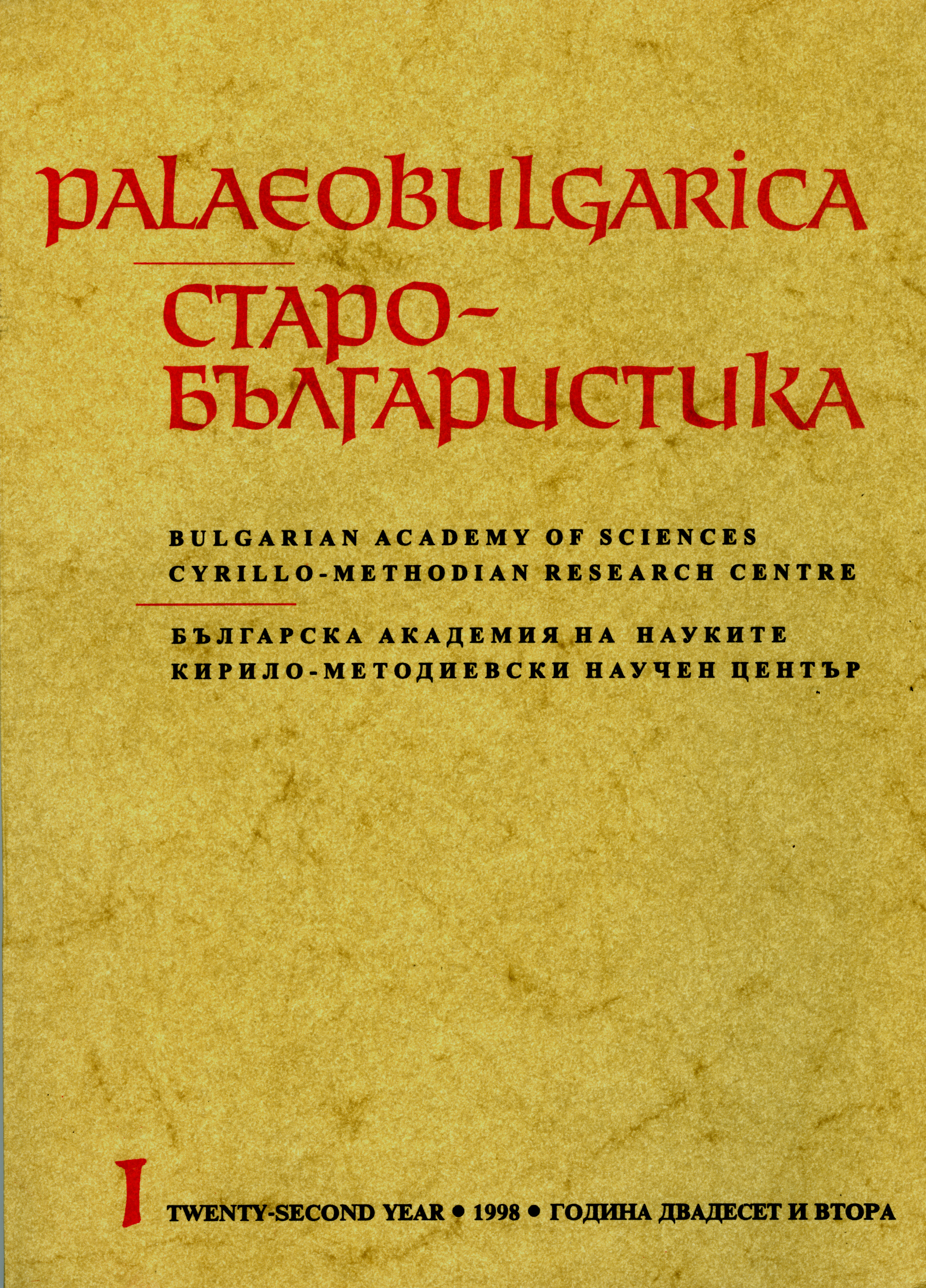A Tenth-Century Graffito of St. Basil the Great in the Light of His Cult in Eastern Monasticism
A Tenth-Century Graffito of St. Basil the Great in the Light of His Cult in Eastern Monasticism
Author(s): Rosina KostovaSubject(s): Fine Arts / Performing Arts, Architecture
Published by: Кирило-Методиевски научен център при Българска академия на науките
Summary/Abstract: As one of the most important contributors to the development of the Trinitarian concept and the author of one of the Three Byzantine liturgies, St Basil the Great (c. 330-379 AD) was one of the most venerated Church Fathers in the Middle Ages, both to the East and the West. Thus, the early establishment of the cult of St Basil as "the imperial attire of the church", led to the use of St Basil's bishop portrait as a prototype of his holy image. Indeed, according to Andrea Grabar, the earliest representations of St Basil the Great-the Sinai icon and the frescoes in St Maria Antiqua, Rome, which he dates to the seventh century, are copies of his original bishop portrait (Fig. 1 and 2). However, it is accepted that the standardized hagiographic portraits, which were in use just before and just after the iconoclasm and to the group of which belongs the bishop portrait of St Basil with black hair and long black beard, were replaced by more "realistic portraits" about the end of the ninth and the beginning of the tenth century.
Journal: PALAEOBULGARICA / СТАРОБЪЛГАРИСТИКА
- Issue Year: 1998
- Issue No: 1
- Page Range: 75-95
- Page Count: 21
- Language: English
- Content File-PDF

